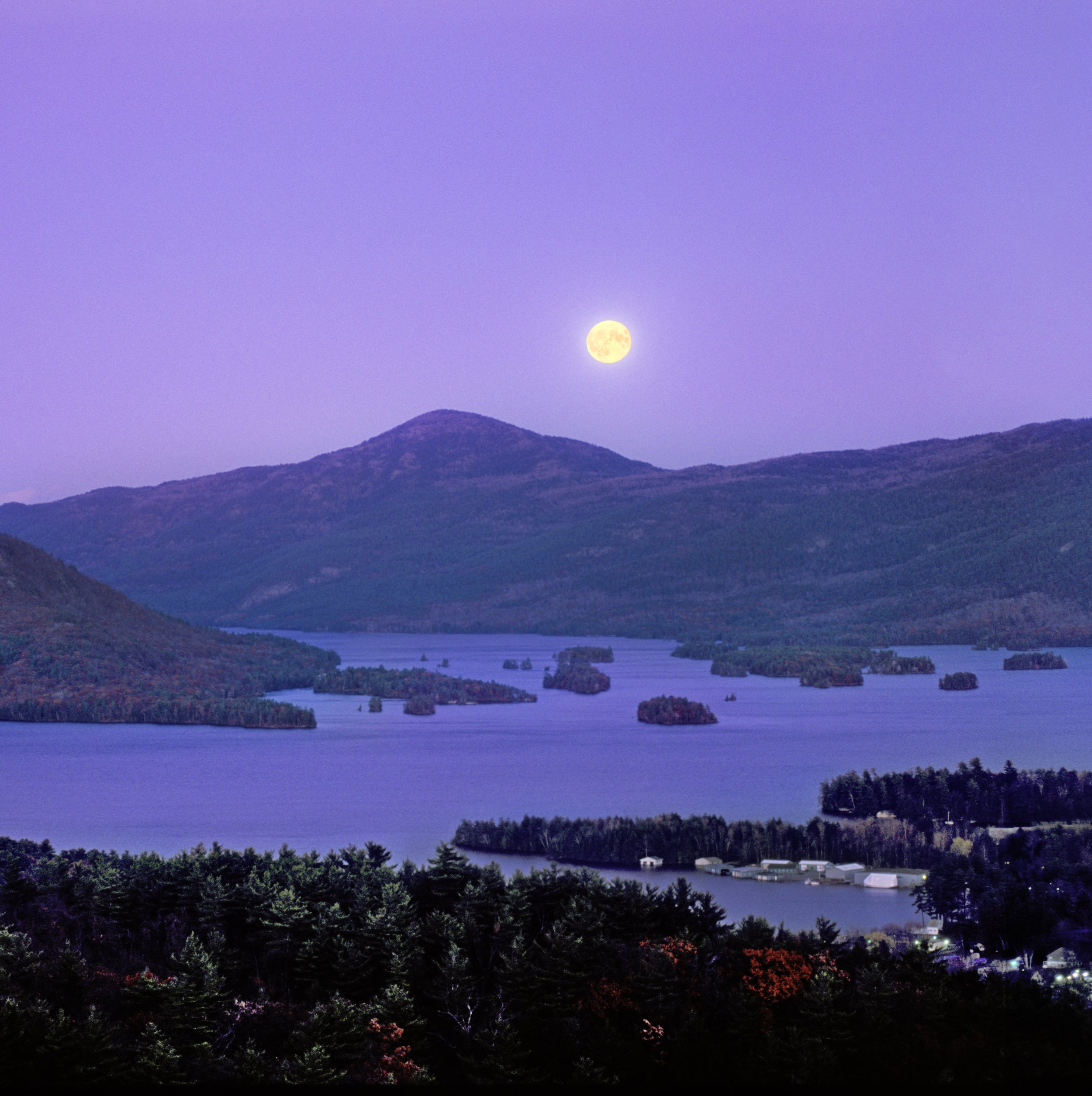
Roles of
Famous Visitors
1. Father Isaac Jogues- 1640s. First European to see the Lake and be impressed by its beauty. Born two hundred years later, he came from the same home town, Orleans, as Joan of Arc, which may provide a clue to some of his motivations. His efforts to convert Indians were not well-received. He returned to France after being tortured, came back for a second try, and this time was killed. Was canonized as a saint in 1930. There is a small memorial to him in Bolton Landing.
2. British General Abercrombie – 1757. Inept politically connected senior general put in charge of the massive force sent over Lake George to attach the French at Fort Ticonderoga. Despite having numerical superiority and tactical advantage for a successful siege, withdrew his demoralized forces back to Fort William Henry when second in command, Lord George Howe, the de facto leader of the force, was killed in a charge against a French position outside the Fort.
3. British General Lord George Howe- 1757. Immensely popular man for all seasons 33- year-old British General, second in command to Abercrombie, killed at Ticonderoga on the first day of fighting demoralizing the entire attack force and causing them to withdraw. Memorialized in Westminster Abbey with monument paid for by the private citizens of Massachusetts. Older brother of Admiral Richard Howe and General William Howe, leading British military figures during the Revolution.
4. French General Montcalm- 1758. Leader of French & Indian forces attacking and destroying Fort William Henry. The tip of Tongue Mountain which separates Northwest Bay from the rest of the Lake is named after him because his army camped there on its way to the battle. Later killed at the battle of Quebec.
5. British General Amherst – 1759. Attacked Fort Ticonderoga with a large-bateaux transported force doing the job the right way. The French quickly surrendered and skedaddled north back to Quebec.
6. Benjamin Franklin- 1775. Braving the April chill, and believing the Frenchies in Quebec could be coaxed into joining the Revolution as the 14th Colony, the 70-year old Franklin made the long hard journey over Lake George and Lake Champlain only to be rebuffed because the British gave the locals a sweet-heart deal and they declined, preferring, as a Catholic people, not to be swallowed up by a Protestant country.
7. Colonel Henry Knox- 1775. Our good man Henry, a pudgy Boston bookseller turned Colonial soldier is tapped by George Washington to go 300 miles to Lake George, and then 32 miles down lake to Fort Ticonderoga to take about 60 cannons of various sizes back over the ice to the southern end of the Lake, then by oxen team south to Albany, then east across Massachusetts to Boston. Lake George not being frozen, they went both ways by bateaux, which provides the background for our story.
8. British General Burgoyne- 1777. Coming down from Canada as the northern prong of a planned three-prong British plan to trap General Washington and his forces in the Hudson Valley, he easily subdued a small American force holding the fort ever since its capture by Ethan Allen and the Green Mountain Boys. He moved south over lake Champlain to the East, insulting the Lake by transporting only his considerable baggage train over its waters. Seriously underestimated the guerilla capabilities of the Green Mountain Boys and locals of similar fiber, Benedict Arnold and Horatio Gates defeated his demoralized force at Saratoga, an event that caused Louis XVI to authorize considerable financial and military support to the Colonies.
9. George Washington – 1781. As far as I can tell, no one has written about George’s trip to the Lake during a lull in the action after the British defeat at Yorktown. We know he checked out Fort Ti because it shows on his expense report archived at Mt. Vernon. He may have wanted to evaluate its defensive potential if the Brits sent another army his way from Canada. Years before, as a young man on a wilderness surveying trip with Christopher Gist, he nearly drowned when a raft capsized in swirling rapids. Frolicking on the water may have not been his thing.
10. Thomas Jefferson – 1791. It’s only a guess, but it does have a reasonable basis. After Ben Franklin traveled the Lake both ways on his ill-fated Quebec expedition in 1775, he hob-nobbed with Thomas Jefferson and James Madison in Philadelphia that summer at the Second Continental Convention. Strategizing over tactics to meld the Colonies into one effective body, they would have discussed why the Quebec trip was unproductive. He certainly could have mentioned the beauty of the Lake. Ten years later, their Constitution organizational work done, and the new nation launched, they took a breather and came to see for themselves, and Jefferson wrote his poetic letter to his daughter.
11. James Madison – 1791. Jemmy came with his buddy Tom but was probably lost in deeper thoughts. There was still work to do as we know. Let Tom write the flowery letters.
